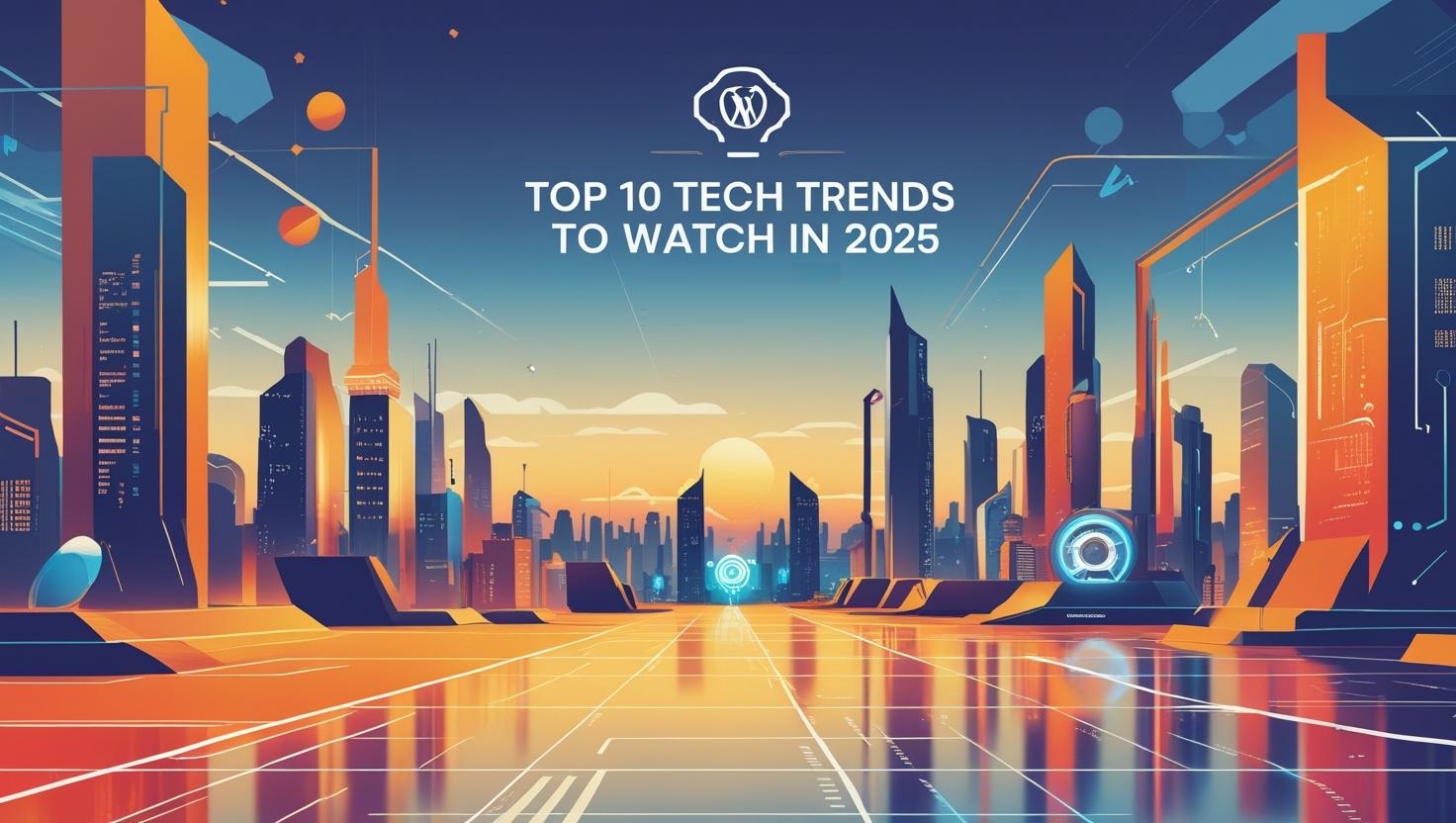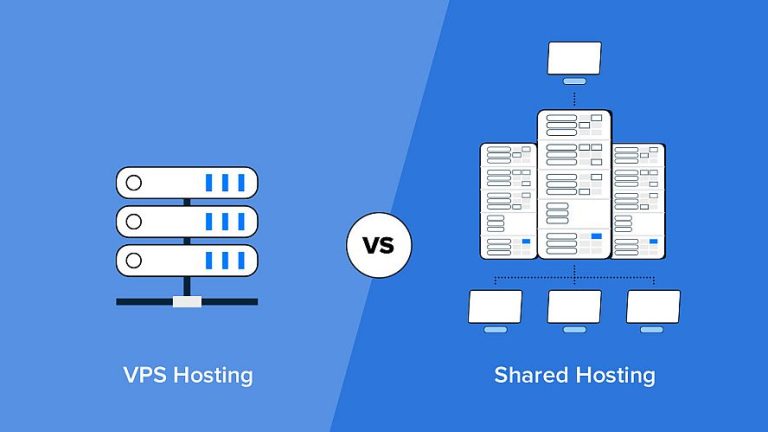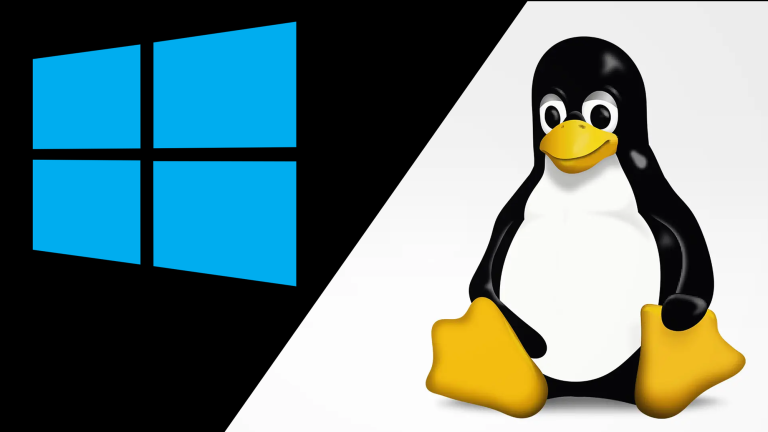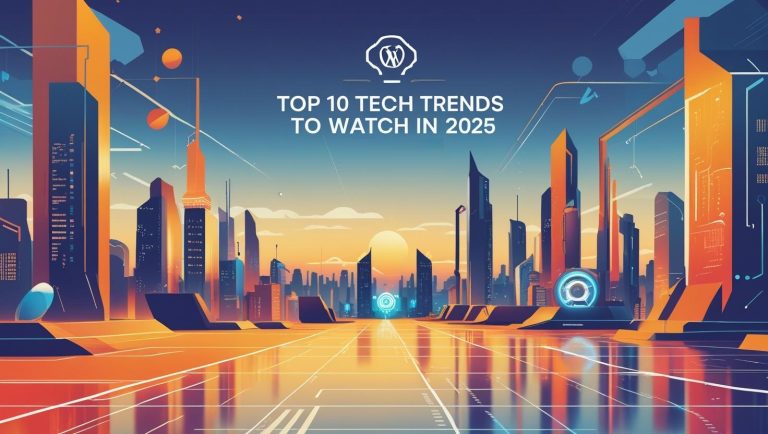
We’re halfway through 2025, and the tech world feels like it’s moving at warp speed. Every week brings news of another breakthrough, another “revolutionary” product launch, or another industry getting completely transformed. It’s honestly hard to keep up sometimes.
But here’s the thing: beneath all the noise and hype, there are some genuinely fascinating trends emerging that are going to shape how we work, live, and interact with technology for years to come. I’ve been tracking these developments closely, and I want to share the ones that have me most excited (and maybe a little worried) about where we’re headed.
1. AI Agents Are Finally Getting Their Act Together
Remember when AI assistants could barely understand what you were asking? Those days are long gone. We’re now entering the era of AI agents that can actually do things for you, not just chat about them.
These aren’t your basic chatbots. We’re talking about AI that can book your travel, manage your calendar, research complex topics, and even write code that actually works. The shift from “AI that talks” to “AI that acts” is happening faster than most of us expected, and it’s going to change how we think about productivity forever.
2. Quantum Computing Is Breaking Out of the Lab
For decades, quantum computing felt like one of those “always five years away” technologies. But 2025 is different. IBM made a major breakthrough last March advancing solutions to decoherence, which is the tendency of quantum bits (qubits) to be unstable, and suddenly the practical applications don’t seem so far-fetched anymore.
The financial industry is anticipated to become one of the earliest adopters of commercially useful quantum computing technologies, which makes sense when you think about the complex calculations involved in risk modeling and portfolio optimization. We’re still not at the point where you’ll have a quantum laptop, but the enterprise applications are getting real.
3. Spatial Computing Is Finally Finding Its Groove
Apple’s Vision Pro launch last year was… let’s call it a “learning experience.” But here’s what’s interesting: while everyone was debating whether we’re ready for $3,500 face computers, the broader spatial computing market has been quietly exploding. Spatial Computing Market reached US$ 93.25 billion in 2024 and is expected to reach US$ 511.55 billion by 2032.
The magic is happening when AR and VR stop trying to replace reality and start enhancing it. Think maintenance workers getting real-time instructions overlaid on equipment, or architects walking clients through buildings that don’t exist yet. It’s less “Ready Player One” and more “really useful tools that happen to use mixed reality.”
4. Robotics Is Getting Human-Like Senses
Here’s something that caught my attention: Human senses are being digitally and artificially enhanced so that robots can replicate them. By 2025, this ability will be transferred to industrial or small-industry robots in pursuit of cost savings. We’re not just talking about robots that can see and move—we’re talking about robots that can feel texture, smell chemical changes, and hear subtle audio cues.
This is huge for manufacturing, healthcare, and even home assistance. When robots can actually sense their environment the way humans do, they become infinitely more useful and, crucially, safer to work alongside.
5. Neuromorphic Computing Is Having Its Moment
Most people haven’t heard of neuromorphic computing yet, but 2025 might be its breakout year. Neuromorphic computing mimics the brain’s neural architecture for energy-efficient processing, and it could solve one of AI’s biggest problems: the massive energy requirements.
Traditional AI chips are energy hogs. Neuromorphic chips process information more like our brains do—only using energy when they need to, and processing information in parallel rather than sequentially. It’s still early days, but the potential for ultra-low-power AI devices is enormous.
6. 5G Is Finally Delivering on Its Promises
I know, I know. We’ve been hearing about 5G for years, and for most people, it just meant slightly faster phone downloads. But 2025 is when the really interesting 5G applications are going mainstream. We’re talking about real-time remote surgery, autonomous vehicle coordination, and industrial IoT applications that actually need those ultra-low latency connections.
The infrastructure is finally there, and the use cases that actually need 5G (not just benefit from it) are becoming commercially viable.
7. Digital Twins Are Everywhere
If you’re not familiar with digital twins, think of them as real-time virtual copies of physical things—anything from a jet engine to an entire city. Companies are using them to simulate scenarios, predict maintenance needs, and optimize performance before making changes to the real thing.
Autonomous asset inspection, smoother supply chains, true-to-life simulations, and immersive virtual environments are just a few ways leading enterprises are making their operations more spatially aware. It’s like having a crystal ball for your business operations.
8. Edge Computing Gets Smarter
All that AI processing doesn’t have to happen in the cloud anymore. Edge computing in 2025 means your devices are getting smart enough to handle complex AI tasks locally. This solves privacy concerns, reduces latency, and works even when your internet connection doesn’t.
Your security camera can recognize faces without sending video to the cloud. Your car can make split-second decisions without checking with a server. Your phone can translate languages in real-time without any network connection. It’s AI power where and when you need it.
9. Sustainable Tech Is No Longer Optional
Climate concerns are driving serious innovation in green technology. We’re seeing breakthroughs in battery technology, more efficient data centers, and even AI being used to optimize energy consumption across entire power grids.
But here’s what’s really interesting: sustainable tech is becoming cost-effective, not just environmentally responsible. Companies are adopting green technologies because they save money, not just because they feel good about it.
10. Privacy-First Tech Architecture
After years of “move fast and break things,” we’re finally seeing a shift toward “move fast and protect things.” Privacy isn’t being bolted on as an afterthought—it’s being built into the foundation of new technologies.
We’re seeing homomorphic encryption (computing on encrypted data without decrypting it), differential privacy (adding mathematical noise to protect individuals while preserving overall patterns), and zero-trust security architectures becoming standard practice.
What This All Means
Looking at these trends together, a pattern emerges: technology is getting more human-centric, more embedded in our physical world, and more respectful of our privacy and environment. We’re moving from the era of “digital transformation” to something more like “seamless integration.”
The technologies that will succeed in 2025 and beyond aren’t the flashiest ones—they’re the ones that solve real problems without creating new ones. They make our lives better without making us constantly aware that we’re using technology.
That’s the future I’m excited about: powerful, intelligent, and surprisingly invisible tech that just works. And based on what I’m seeing, we’re closer to that future than we think.
What tech trends are you most excited about? The ones that make you nervous? The intersection of all these technologies is where things get really interesting—and where the next wave of innovation is likely to come from.


